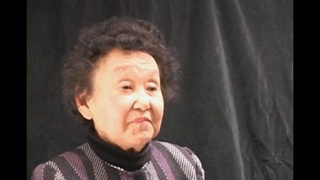Interviews
Sister’s Trauma from being Incarcerated during World War II
I – I was as a child, much more accepting of everything. I have a sister, Akiko, who went off to become a cadet nurse, and she – she blocked out camp altogether. When I began to get more curious about some things, and I asked her about the camp, she said, “I wasn’t in camp.” And it – you know, I didn’t push her and say, “Yes you were in camp, I was there with you,” I just kind of let it go because I think it was the training of not talking back to your older sisters. So I just kind of said, “Well I remember when you went to cadet nursing school,” which means she had to go from somewhere, she didn’t go from – you know, to let her know I knew that she was in camp. But it’s not like I argued with her.
Date: November 8, 2018
Location: California, US
Interviewer: June Berk
Contributed by: Watase Media Arts Center, Japanese American National Museum










